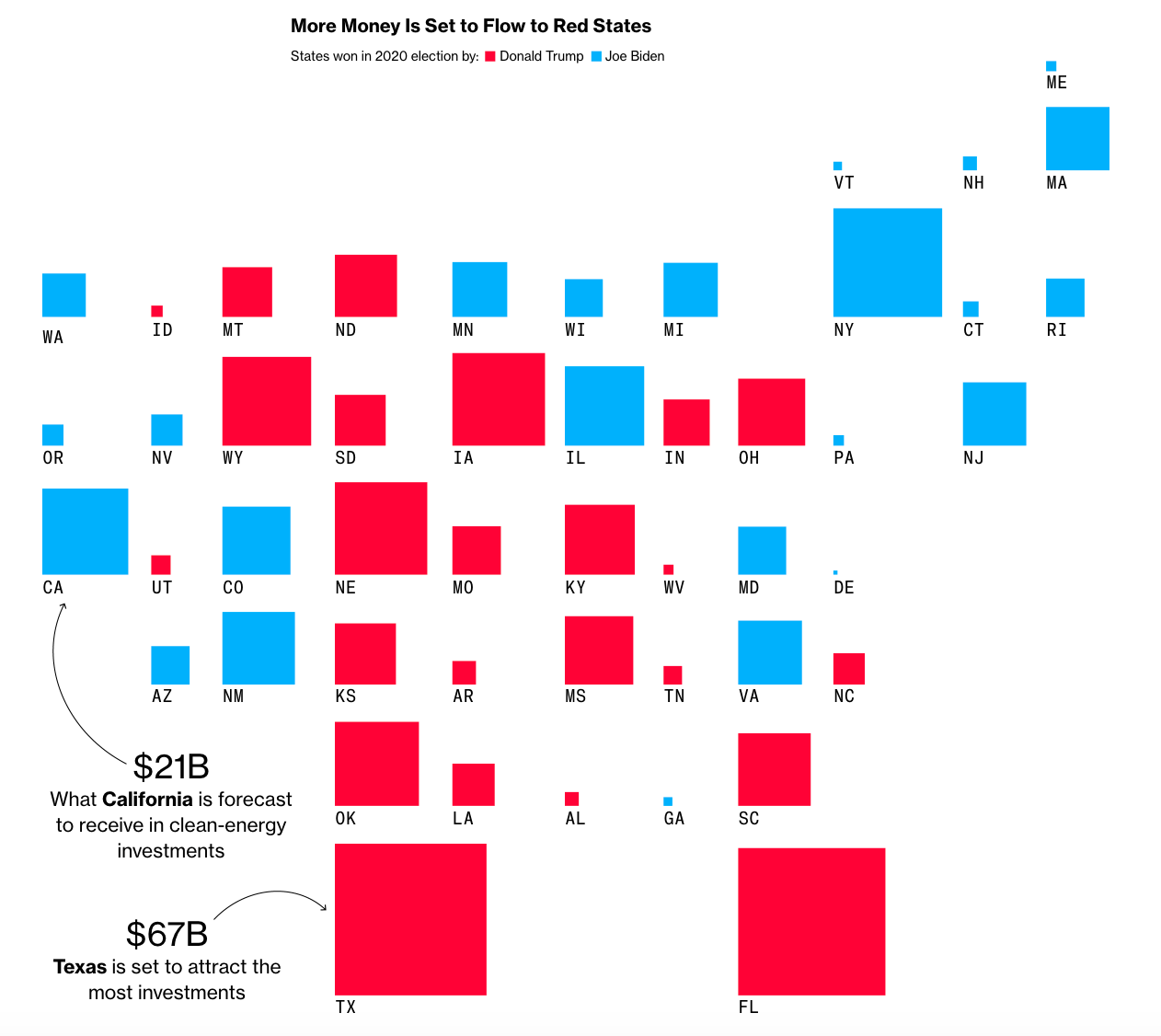Every Election is Now a Climate Election
 ‘A second term for President Biden would see the US stay the course, and almost certainly introduce additional measures and efforts to ramp up climate action,’ writes Dan Wynillowicz/Shutterstock
‘A second term for President Biden would see the US stay the course, and almost certainly introduce additional measures and efforts to ramp up climate action,’ writes Dan Wynillowicz/Shutterstock
In an American political context in which the battle lines are drawn not between right and left or conservative and liberal but between truth and propaganda, science and thinly veiled corruption, reality and reality show, the stakes for the fight against climate change could not be higher. Contributing writer and climate policy expert Dan Woynillowicz explains.
By Dan Woynillowicz
August 24, 2023
The summer of 2023 is, according to scientists, what climate change looks like. Heatwaves that test the limits of human survival. Wildfires and floods whose damage isn’t just measured in dollars, but lives and livelihoods lost. Droughts that jeopardize food production. These climate change-fuelled extreme weather events weren’t isolated to a few countries or continents this year but were ubiquitous. Whether at home or on holiday, more and more of us were directly experiencing the consequences of climate change.
We have entered a new era in which the impacts of climate change aren’t some distant threat, but a lived experience—an experience that will catastrophically intensify absent greater effort to cut carbon pollution and pivot away from fossil fuels. And so, in our current era, every election is a climate election.
What’s at stake in the U.S election?
It’s far from hyperbole to say that President Joe Biden’s efforts to scale up the United States’ fight against climate change have been a game changer. And whether to build on these efforts or tear them down is very clearly on the ballot.
The Inflation Reduction Act (IRA), passed in the summer of 2022 without a single Republican vote, is expected to deliver at least US$369 billion in support for climate and clean energy solutions over the next decade. Goldman Sachs believes that figure will be much higher, as much as US$1.2 trillion.
Just one year in, the results of the IRA are impressive. According to data compiledby the American Clean Power Association, by August 2023 federal support from the IRA had spurred the announcement of US$271 billion of private investment in domestic clean energy projects and manufacturing facilities—more than the combined clean energy investments of the previous eight years. Together, these investments are projected to deliver 185 gigawatts (GW) of of new utility-scale clean energy capacity (to put this in context, Canada’s entire electricity capacity is 154GW), US$4.5 billion in consumer savings, 29,780 new manufacturing jobs, and more than US$22 billion in manufacturing investment in 83 new or expanded utility-scale clean energy manufacturing facilities. A similar acceleration and scaling up of investment in electric vehicle (EV) manufacturing, battery production, hydrogen and carbon capture and storage (CCS) is also occurring. As Jesse Jenkins, a Princeton professor who has been leading analysis of the IRA, says, “It seems like every week there’s a new factory facility somewhere.”
While the domestic impacts of the IRA are impressive enough on their own, they’ve gone well beyond American borders. For example, the European Union — seeing the IRA for what it is, not just environmental policy but strategic industrial policy —responded with its Green Deal Industrial Plan, aimed at enhancing the competitiveness of its net-zero industry and accelerating its transition to net zero. Here in Canada, the federal government responded with $80 billion worth of new measures to spur low-carbon innovation and deployment, aiming to build on its climate policy framework with targeted support for clean electricity, clean-tech manufacturing (especially in battery production and its supply chain), hydrogen and CCS. Other nations — including China, Japan and South Korea — are making similar moves.
As the head of the International Energy Agency (IEA), Fatih Birol, put it: “I want to make it clear: the Inflation Reduction Act is the single most important climate action since the Paris Agreement in 2015.” But will the US stay in the race to net zero or pull up lame? That depends on 2024.
Shaping the climate ballot question
For President Biden and the Democrats, the IRA isn’t just about fighting climate change. It’s about reviving the Rust Belt, bringing manufacturing jobs back to American soil and spurring new innovation and industries that will not only deploy clean technologies at home, but which can be sold to the world. In Biden’s own words, “When I hear ‘climate’, I think jobs. Good-paying, high-quality jobs that will help speed our transition to a green economy of the future and unleash sustainable growth.”
It just so happens that most of the IRA-induced investment — and the jobs that come with it — will occur in red states (Figure 1). According to Bloomberg, the White House estimates that red states will attract US$337 billion in investments for large solar, wind and storage projects through 2030, compared toUS$183 billion into blue states. But this isn’t vote-buying by a Democratic President, it’s a function of where the nation’s best wind and solar resources are. Some analystssuggest, optimistically, that we’ve seen Republicans soften their opposition to climate change and that, over time, we could see a fading of their default support for fossil fuels and default opposition to renewables as a result of the IRA.
Clearly, the Democrats want “climate jobs” not “climate change” to be a ballot question.
Figure 1: More IRA Money Is Set to Flow to Red States (Bloomberg)

While it’s possible voters in these red states might come around in their support for the IRA — driven by the economic benefits more so than the climate benefits — it’s clear that the Republican establishment has no such inclination.
Leading Republican presidential primary contender and former President Donald Trump has said he would end “Green New Deal atrocities” on his first day. Similarly, Governor Ron DeSantis of Florida has said he wants to “rip up Joe Biden’s Green New Deal.” On Capitol Hill, Republican lawmakers have been using every opportunity to try to kneecap or rescind the clean energy components of the IRA.
Conservative think tanks — led by the Heritage Foundation — have laid out a planto dismantle President Biden’s climate efforts as part of Project 2025, a “battle plan” for the first 180 days of a Republican administration that would see the IRA repealed alongside the shredding of “regulations to curb greenhouse gas pollution from cars, oil and gas wells and power plants, dismantling almost every clean energy program in the federal government and boosting the production of fossil fuels.” The plan has been delivered to every Republican presidential hopeful.
The Republicans want fighting “green woke-ism” — and the “woke agenda” more broadly — to be the ballot question.
Campaign crystal ball
In June, a poll of Americans found that 24 percent had been personally impacted by an extreme weather event in the past 12 months. By August, 62 percent thought that climate change was currently having some or a great deal of impact on their local community.
It seems likely that between now and election day, Americans will continue to experience the impacts of climate change and, increasingly, see the benefits of clean energy investments spurred on by the Biden administration. But what issue will emerge as the ballot question and whether any of this will matter come election day is hardly worth speculating over (Events, dear boy, events!).
But it is worth considering the implications of a Biden versus Republican (whether Trump or DeSantis) presidency in 2025.
A second term for President Biden would see the US stay the course, and almost certainly introduce additional measures and efforts to ramp up climate action, cut pollution, and position the United States to compete in a net zero future. In contrast, a Republican presidency would almost certainly spell the end of any federal climate efforts.
But as witnessed under President Trump, promising to “make coal great again” and doing so are very different things. Thanks to state-led efforts and falling wind and solar power costs, renewable energy investments in the US continued throughout his presidency. Meanwhile, seven major U.S. coal companies claimed bankruptcy and 50 coal-fired power plants closed. The market forces blowing in this direction have only strengthened. Analysts at Bloomberg New Energy Finance say that the clean energy transition is now hard-wired into the US economy. While progress would almost certainly slow, it cannot be reversed.
As for what this means for Canada, it depends very much on the priorities of the prime minister of the day: seize every opportunity to do more, or less, in the race to net zero? In that sense, Canada’s next election will be just as consequential as the US election, because now, every election is a climate election.
Contributing Writer Dan Woynillowicz is Principal of Polaris Strategy + Insight in Victoria.
